(HNM) - In reality and forecast, water resources for agricultural production this year will be very difficult. To complete the planned planting area and ensure crop productivity, the Hanoi Department of Agriculture is implementing many solutions to provide water for planting and irrigating the winter-spring rice crop.
According to Deputy General Director of Hanoi Irrigation Development Investment Company Limited Le Thi Thanh Phuong, the unit is managing 8 irrigation lakes with the task of supplying irrigation water for 1,075 hectares of agricultural production in Soc Son district. However, as of June 10, the water level of 6 lakes has reached and is below the dead water level, making it impossible to operate the water intake sluice. Regarding storage capacity, Keo Ca lake is currently at 7.3% of the design capacity, Den Soc lake is at 16%, Cau Bai lake is at 19%, Ham Lon is at 21%, Ban Tien is at 22%, Dong Quan is at 34%, Dong Do is at 43%, Hoa Son is at 35%. “With this situation, only Dong Do lake is capable of providing enough irrigation water for 100% of the area serving the entire crop season; Dong Quan 59%, Ham Lon 47%, Ban Tien 33%, Den Soc 32%, Hoa Son 25%, Cau Bai 12%, while Keo Ca lake is not capable of providing enough water…”, said Ms. Le Thi Thanh Phuong.
Not only Soc Son, the water level of 15 medium and large irrigation lakes in the districts and towns of Son Tay, Ba Vi, Thach That, Quoc Oai, Chuong My, My Duc is at a very low level, not capable of supplying irrigation water for 100% of the area under their responsibility throughout the crop season. In particular, in Ba Vi district, the total storage capacity of Suoi Hai lake is currently only about 16% of the design capacity, not capable of supplying irrigation water for nearly 3,500 hectares to replace the task of Trung Ha pumping station...
The main reason for the low water level in the lakes is that since the beginning of the year, there have been no heavy rains in the area; many hot days; some lakes have to supply water for flooding and irrigating spring rice instead of taking water from the riverside... If the weather continues to have no heavy rains and many hot days, thousands of hectares under the responsibility of Hanoi's irrigation lakes are at risk of lacking water for planting and irrigation.
Meanwhile, Director of the National Center for Hydro-Meteorological Forecasting Mai Van Khiem said that the El Nino phenomenon is likely to appear in the second half of this summer and last until 2024. In particular, the El Nino phenomenon often causes a nationwide rainfall deficit with a prevalence of 25-50%, with the risk of drought occurring in many places...
According to the plan of the Hanoi Department of Agriculture and Rural Development, this year's crop, the whole city strives to plant about 92,283 hectares, of which the rice planting area is 72,382 hectares. The season for sowing very early and early tea seedlings is from June 1 to 10, planting from June 12 to 20; the main season for sowing rice seedlings is from June 10 to 20, planting from June 20 to July 5; direct sowing is from June 10 to 20. To ensure enough water for planting the winter-spring rice crop within the crop timeframe, the Hanoi Department of Agriculture and Rural Development recommends that districts, towns and city irrigation organizations dredge water intakes and canal systems; develop plans to store water in the canal system and operate field pumping stations to make the most of water sources from the river and stream systems, the remaining storage capacity of reservoirs and the return water sources in the fields. Districts, towns and cities coordinate with the city's irrigation organization to arrange agricultural production structures suitable to water resources. For areas that are often at risk of water shortage, localities need to research and convert the area from rice to dry crops...
Implementing the above direction, localities and city irrigation organizations have completed dredging canals, water intakes and water storage canals, maintaining temporary dams to hold water on drainage canals and inland rivers to provide water for pumping stations to operate... General Director of Tich River Irrigation Company Limited Nguyen Chi Hai said that if the weather does not rain, the remaining useful capacity of Suoi Hai Lake is not enough to serve irrigation at the beginning of the crop season, the company will operate Cau Ba Pumping Station to take water from Tich River to pump to the East Canal. When the Tich River runs dry, the company will use Son Da Field Pumping Station to pump water from Da River to Tich River to ensure continuous operation of the station's 5 pumping units to irrigate in rotation on the East Canal. In case of force majeure, the company will install a field pumping station to take advantage of the remaining water source in Suoi Hai Lake...
“To proactively provide water for this year’s winter-spring crop and the 2024 spring crop, the company proposes that the City People’s Committee direct relevant units to urgently install a field pumping station at the Trung Ha Pumping Station’s water intake…”, Mr. Nguyen Chi Hai suggested.
Source


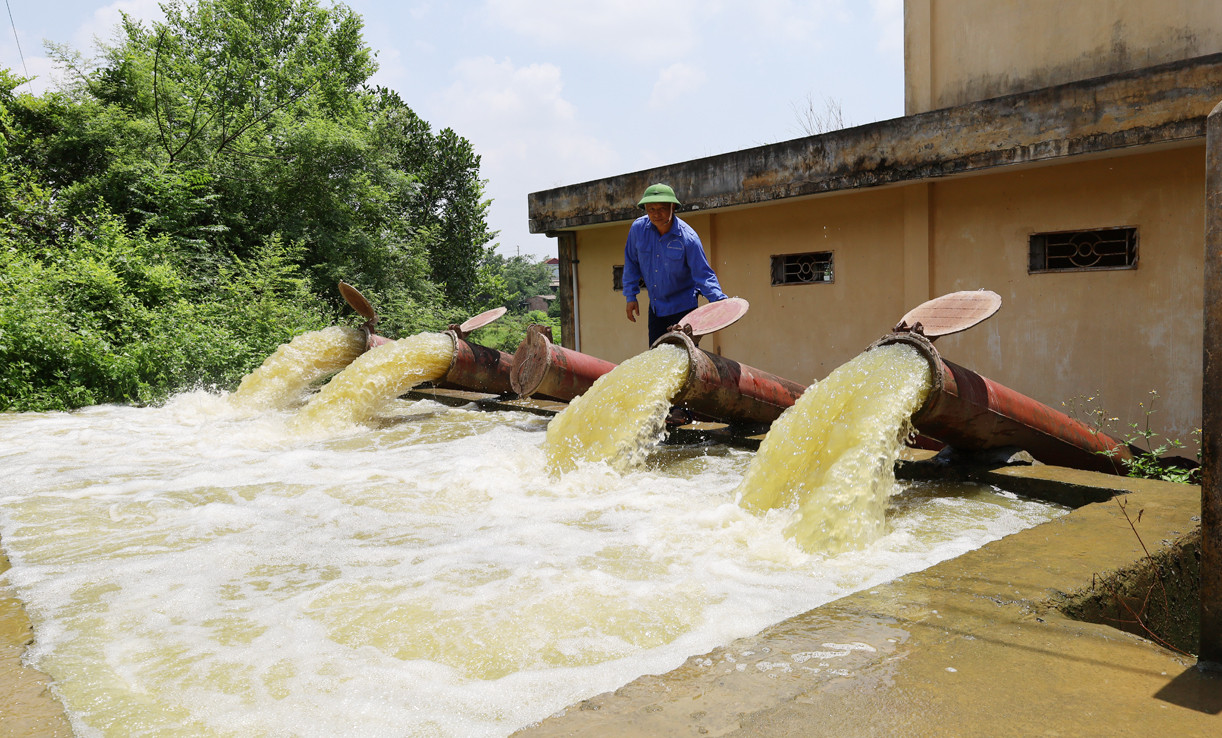






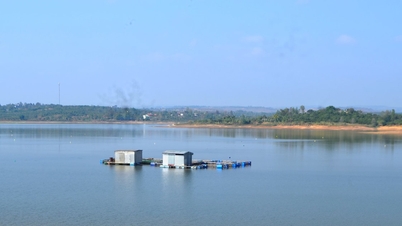

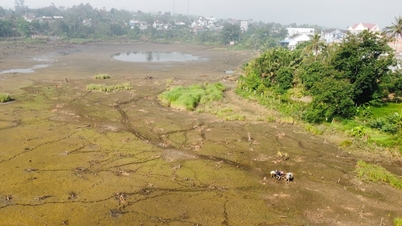

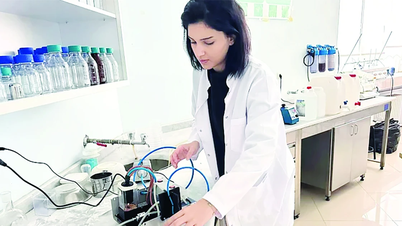

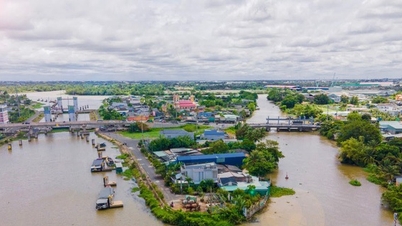




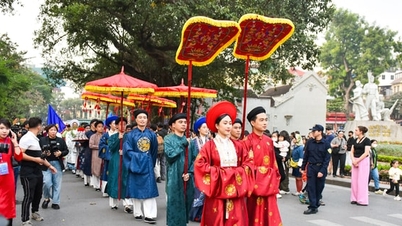


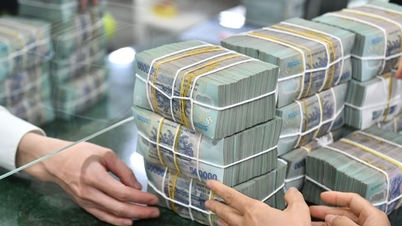




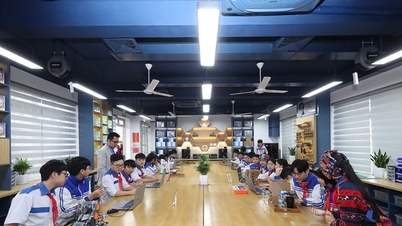
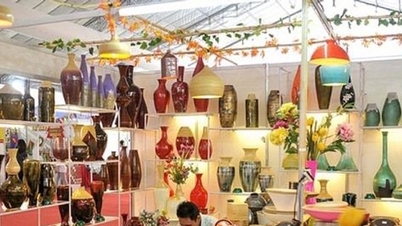
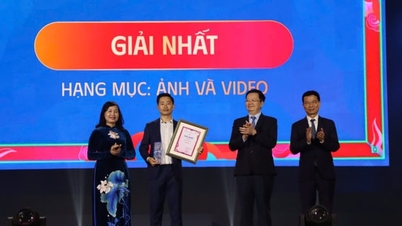
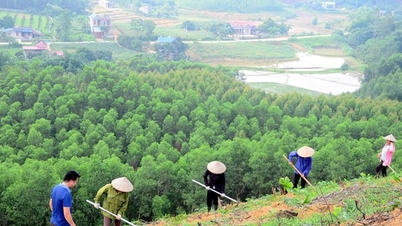

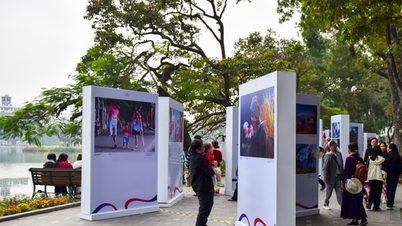
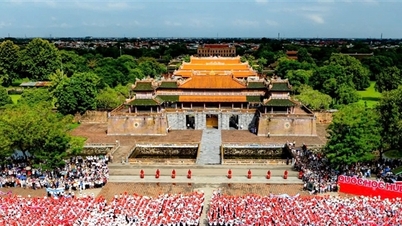

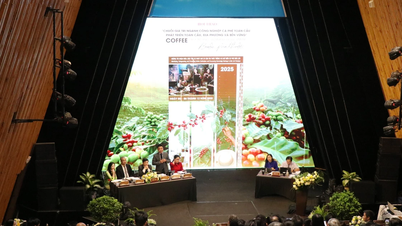



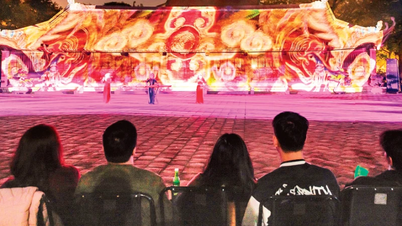

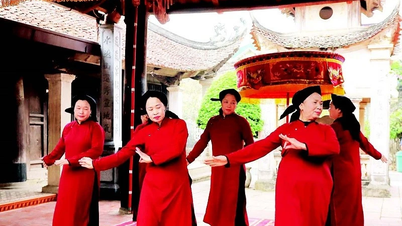
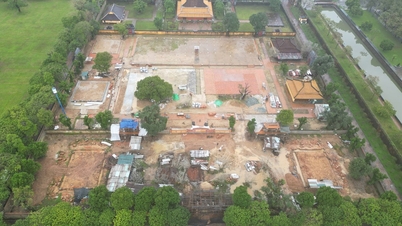
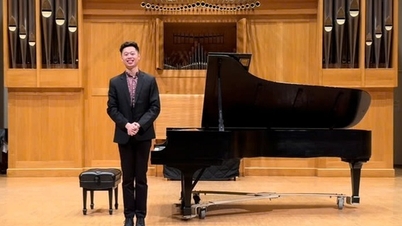

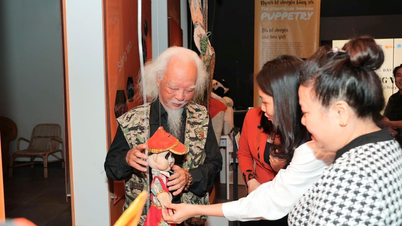

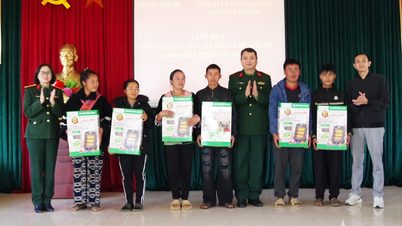


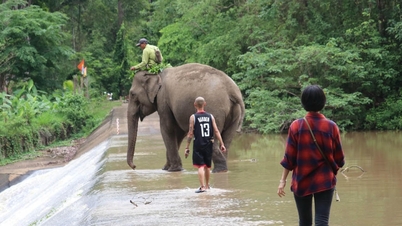



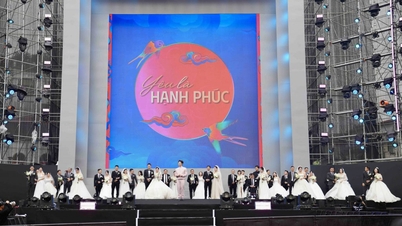

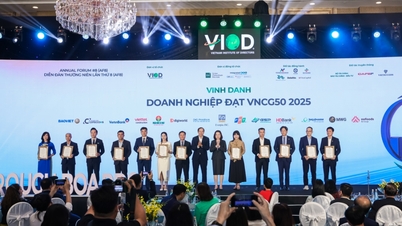







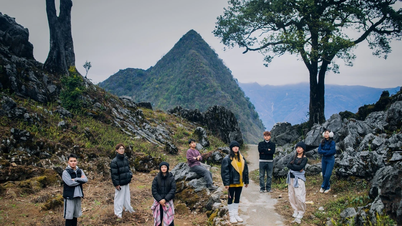
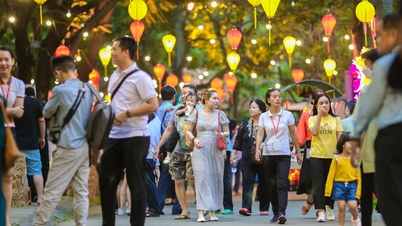



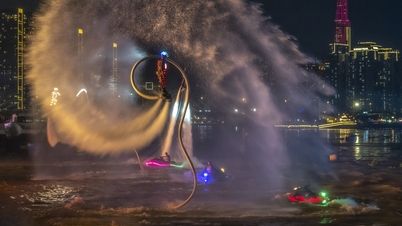
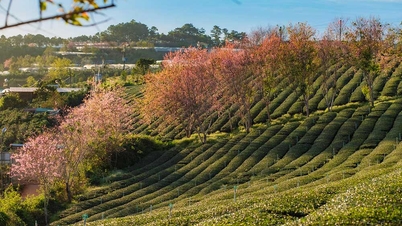





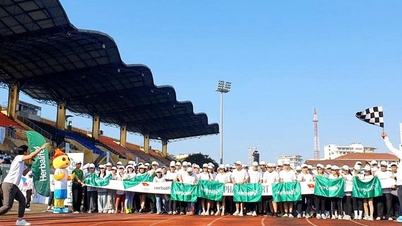
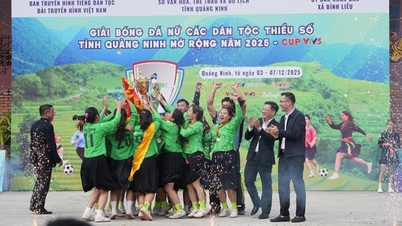




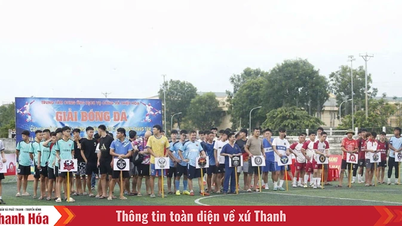

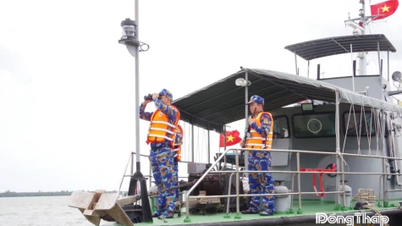

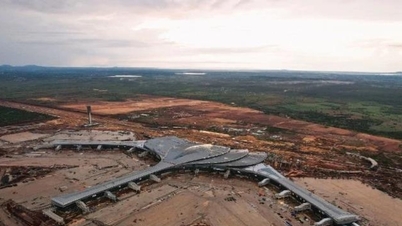

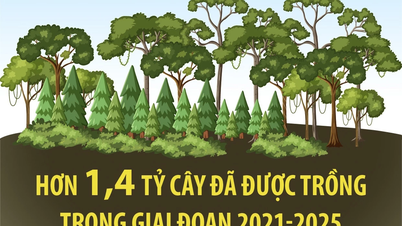

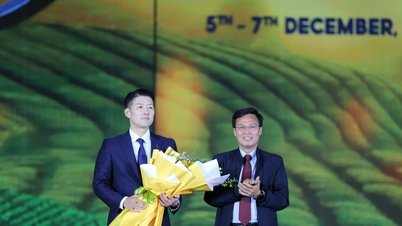

















Comment (0)